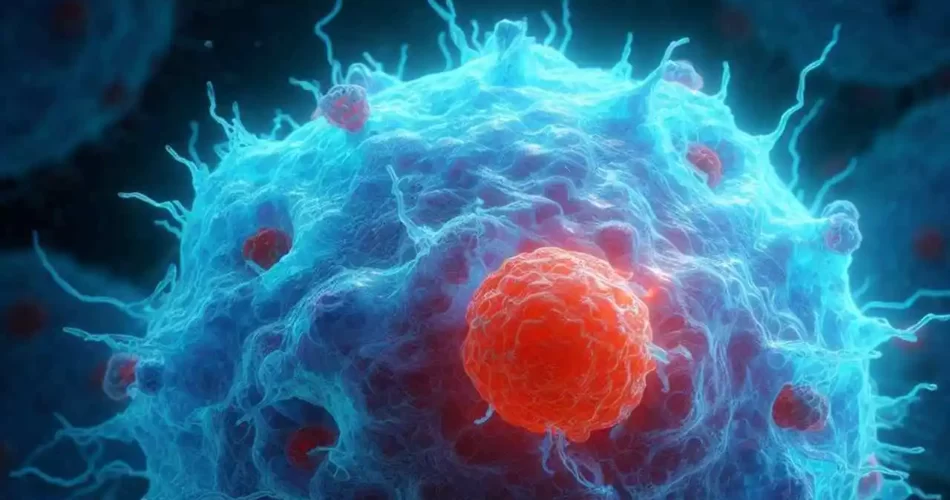T cell activation is the process by which T cells, a type of white blood cell that plays a key role in the adaptive immune system, recognize and respond to foreign antigens.
What Initiates T Cell Activation
T cell activation is initiated by the interaction of the T cell receptor (TCR) on the surface of the T cell with a processed antigenic peptide bound to either class I or class II major histocompatibility complex (MHC) molecules on the surface of an antigen-presenting cell (APC).
This triggers the initial activation of the T cell, but it is not sufficient for a full response. The T cell also needs a second signal, which is provided by co-stimulatory molecules on the APC, such as CD80 and CD86, that bind to CD28 on the T cell.
This second signal ensures that the T cell is responding to a genuine infection and not to self-antigens.³ The TCR and co-stimulatory molecules also activate intracellular signaling pathways that lead to changes in gene expression and proliferation of the T cell.
Depending on the type of antigen and APC, different subsets of T cells can be activated, such as CD4+ helper T cells or CD8+ cytotoxic T cells.
CD4+ helper T cells further differentiate into various subtypes, such as Th1, Th2, Th17, or regulatory T cells, that secrete different cytokines and perform different functions in the immune response.
CD8+ cytotoxic T cells directly kill infected or abnormal cells by releasing perforin and granzymes that induce apoptosis.² Some activated T cells also become memory T cells that persist in the body and provide long-term protection against future infections by the same antigen.

